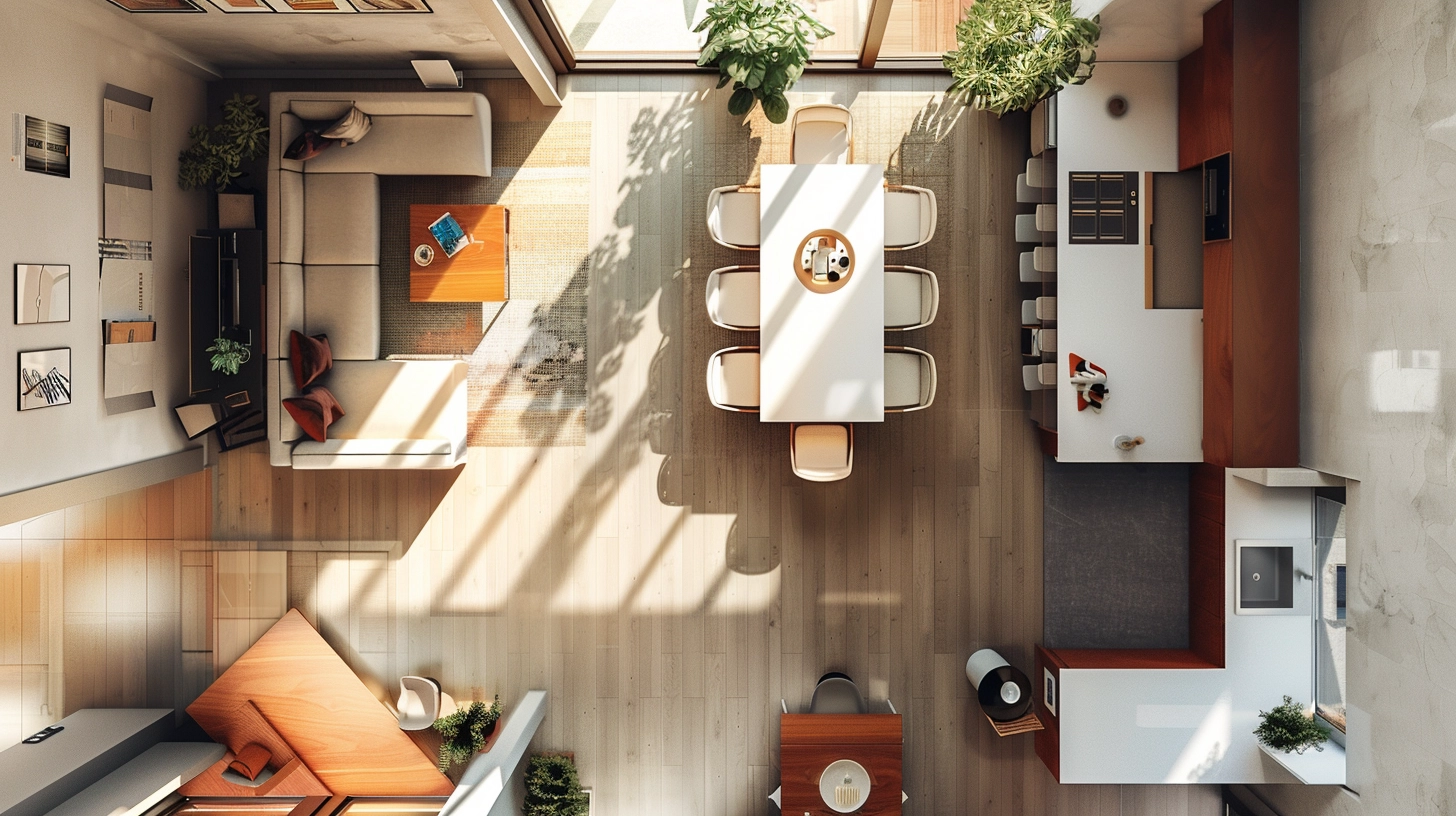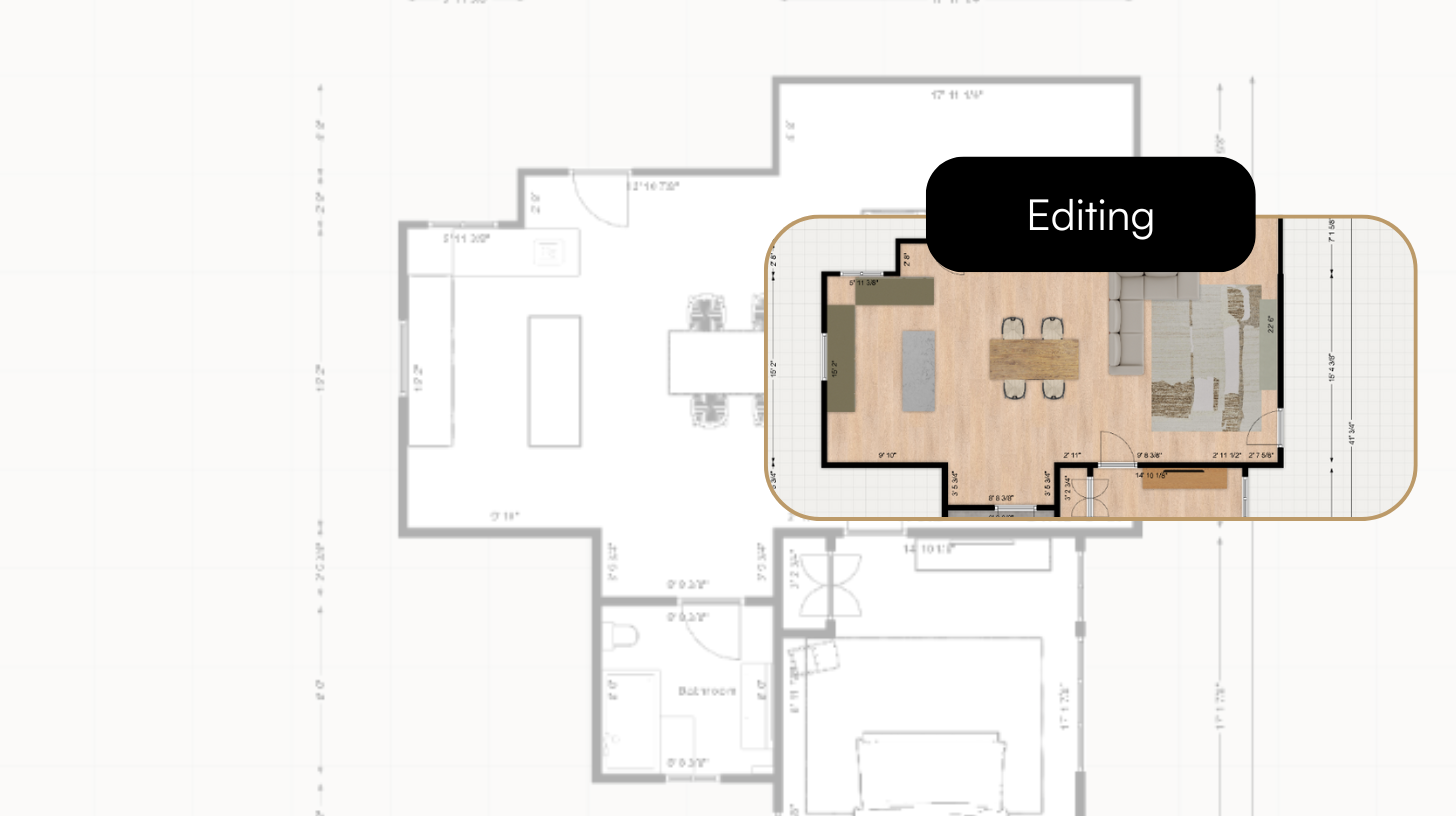
The Fascinating History of Building Codes in the United States
The Early Days of Building Codes
If you've ever wondered how buildings were constructed in the past, you might be surprised to learn that building codes have been around for centuries. In the colonial era, building codes were often based on local customs and traditions, and were designed to ensure that buildings were safe and efficient. For example, in the 17th and 18th century, many colonies had codes that regulated the use of brick and stone in construction, to help prevent fires from spreading.
As cities began to grow and urbanization increased in the 19th century, there was a growing need for more standardized building codes. One example of this was in 1867, New York City adopted the first building code in the United States that regulated the construction of buildings based on their height and use. This was known as the "New York City Tenement House Act" and helped to improve the safety and sanitation of the city's housing.

The Rise of Modern Building Codes
Fast-forward to the late 19th and early 20th centuries, and we see the rise of the first modern building codes in the United States. These codes were based on European models and were designed to ensure that buildings were safe, healthy, and fire-resistant. The National Fire Protection Association (NFPA) was one of the first organizations to develop building codes in the United States, and their codes were widely adopted by municipalities across the country. One example of this is the NFPA's "National Electric Code" which was first published in 1897, and it regulated the safe installation and use of electrical systems in buildings.
The Role of Generative AI in Building Codes
In recent years, there has been a lot of buzz around the use of generative AI in architecture and building design. Generative AI is a type of AI that can generate designs based on certain criteria. For example, generative AI can be used to design buildings that are more energy-efficient by optimizing the use of natural light and ventilation. It can also be used to design buildings that are more sustainable by selecting materials and systems that have a lower environmental impact.
It's not hard to see how this technology could be used to help ensure that buildings comply with building codes. Imagine if generative AI could be used to design buildings that meet fire safety codes by identifying the best location for emergency exits and sprinkler systems. The possibilities are endless.
Current Building Codes and Standards
Today, building codes in the United States are developed and maintained by several organizations such as the International Code Council (ICC) and the American Society of Civil Engineers (ASCE). These organizations work together to develop codes and standards that are designed to ensure the safety, health, and welfare of building occupants. Building codes in the United States are also designed to protect the environment and promote energy efficiency. For example, the ICC's International Energy Conservation Code (IECC) regulates the energy efficiency of buildings, and the ASCE's Minimum Design Loads for Buildings and Other Structures (ASCE 7) provides guidelines for designing structures that can withstand natural hazards like hurricanes, earthquakes, and floods.
Future of Building Codes and Standards
As technology and materials continue to evolve, so will building codes and standards. We can expect to see the use of generative AI and other advanced technologies play a major role in their development. Additionally, as the world becomes increasingly focused on sustainability and reducing carbon emissions, building codes and standards will be developed to promote energy efficiency and reduce the environmental impact of buildings. For example, building codes of the future may require the use of renewable energy sources like solar and wind power, and may also require buildings to have green roofs or other features that promote biodiversity and reduce the urban heat island effect.
In addition, building codes and standards of the future may also incorporate new technologies that improve the overall livability and resilience of buildings. For example, smart building technologies such as the Internet of Things (IoT) and Building Information Modeling (BIM) can be used to optimize the performance of buildings in terms of energy efficiency, indoor air quality, and overall comfort.

Conclusion
As you can see, building codes have come a long way since the colonial era. From being based on local customs and traditions to becoming modern and standardized, building codes have always played an important role in ensuring the safety and efficiency of buildings. Today, building codes and standards are developed and maintained by several organizations and are designed to ensure the safety, health, and welfare of building occupants, as well as protecting the environment. With new technologies and materials becoming available, building codes and standards will continue to evolve, and the use of generative AI is just one example of how they will change in the future. The future of building codes and standards will also focus on sustainability, reducing carbon emissions and incorporating new technologies that improve the overall livability and resilience of buildings. It's exciting to think about all the possibilities that lie ahead in the world of building codes and architecture.










